A guide to Korea’s most vibrant festivals

SEOLLAL ( Lunar New Year)
- Seollal (Lunar New Year’s Day-First day of the lunar calendar) is one of the most celebrated national holidays in Korea.
- Seollal is a Korean traditional festival & national holiday commemorating ( recall & show respect for something or someone) first day of the lunisolar calendar.
- The celebrations are basically three days long, beginning the day before and ending the day after.
- TRADITIONS & FAMILY GATHERINGS

Traditionally families gather together with their oldest relatives for respect towards their elders. Families participate in highly structured rituals. Children play different games & bow to their elders and receive small gifts of money.
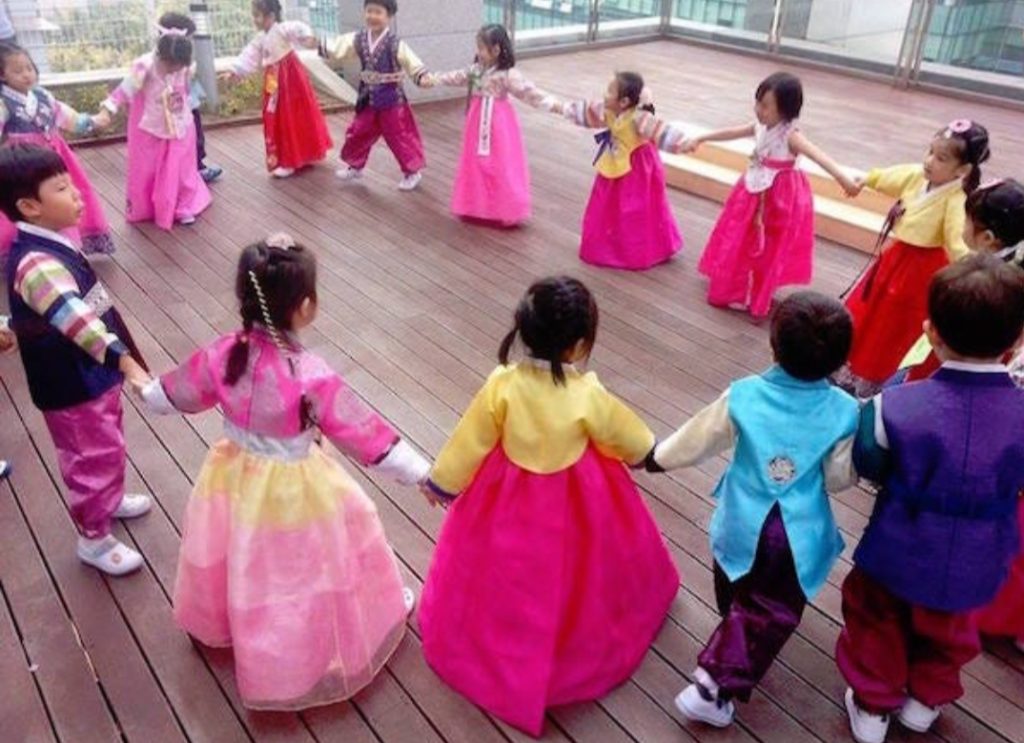
**SEBAE
Sebae is the act of kneeling on the ground and bowing deeply so that your hands are also on the ground. Younger people must bow deeply to their elders and wish them a happy new year. This deep traditional bow signifies respect.
- FOOD
**CHARYE:
Charye is a memorial service for one’s ancestors that is performed during Seollal (Lunar New Year’s Day), Chuseok (Korean Thanksgiving Day) and other traditional Korean holidays. It is a form of ancestral worship and an expression of gratitude to one’s ancestors.

It involves the preparation of food by female relatives by serving food to ancestors by male relatives. Both male & female participate in the final step of the ceremony called
** (Eumbok)음복
Consuming the ritual food and wine is considered to be an integral part of the ceremony, as it symbolizes the receiving of the blessings bestowed upon the family. The food prepared for ancestors differ by region but rules like placement of food are generally similar.
The most common varieties are rice , soap, meat, seafood, fruit and vegetables.
CHUSEOK (Harvest Festival)
Chuseok, South Korea’s autumn harvest festival, is a time of thanksgiving, family reunions, and ancestral respect. From the 16th to 18th September, Koreans come together to celebrate their heritage, share traditional foods, and honor the year’s bountiful harvest.
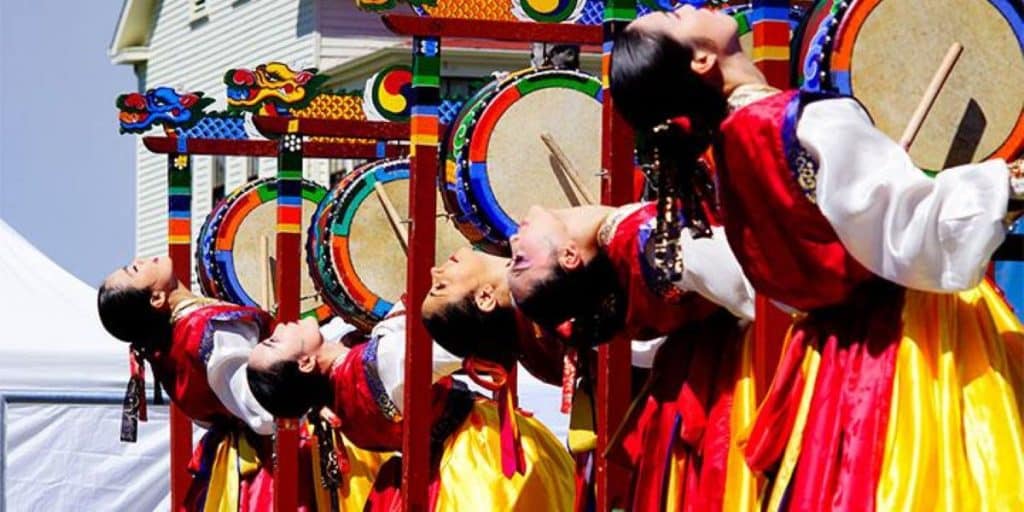
- TRADITIONAL KOREAN FOOD:
Koreans celebrate this festival by making Korean traditional food, a certain kind of rice cake called “Songpyeon”. This is basically a half moon rice cake.

This is made by finely ground new rice and dough kneaded into small round shapes and filled with sesame seeds, chestnuts, red beans or other similar ingredients. The rice cakes are arranged upon layers of pine needles as they are steamed, filling the home with the delicate and fresh fragrance of autumn. On the evening of “Chuseok” family members gather to make “ Songpyeon” together ,to show the importance of family in Korean society.
- GIFT GIVING ( CHUSEOK TRADITION)
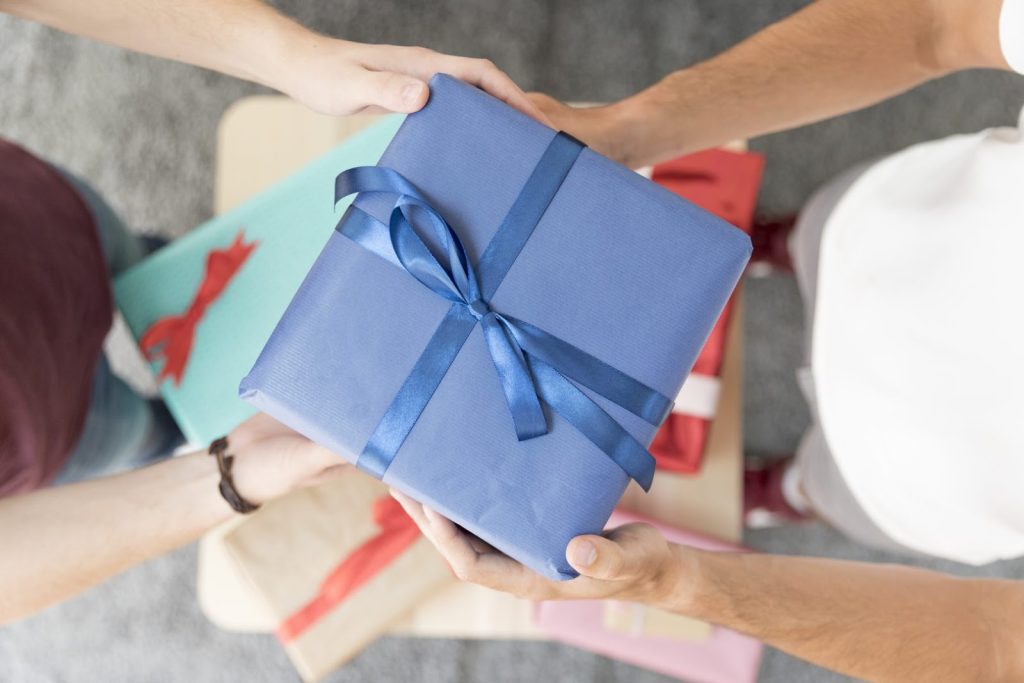
Another “Chuseok Tradition” in the modern era is gift-giving. Koreans not only present gifts to their relatives but to friends and their business acquaintances to show their thanks and appreciation. Some gifts are like high quality cuts of beef, fresh fruits such as apples and gift sets of everything from traditional Korean snacks to useful items like shampoo.
BORYEONG MUD FESTIVAL
The Boryeong Mud Festival is an annual festival which takes place during the summer in Boryeong, a town around 200 km south of Seoul, South Korea.
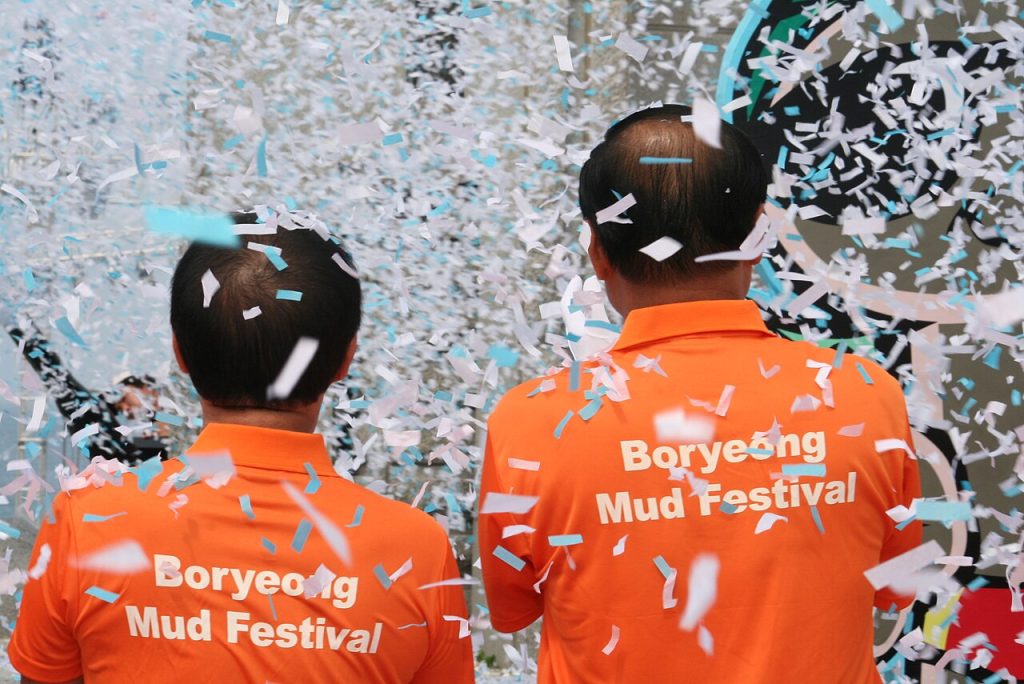
The mud is considered rich in minerals and used to manufacture cosmetics. The festival was originally conceived as a marketing vehicle for Boryeong mud cosmetics. Although the festival takes place over a period of around two weeks, it is most famous for its final weekend, which is popular with Korea’s western population. The final weekend of the festival is normally on the second weekend in July.
- FUN ACTIVITIES
Every summer, this festival brings together fun-loving folks who enjoy mud slides, mud baths, and even mud wrestling. It’s not just about having a good time, it’s a unique way to experience Korean culture mixed with modern fun.
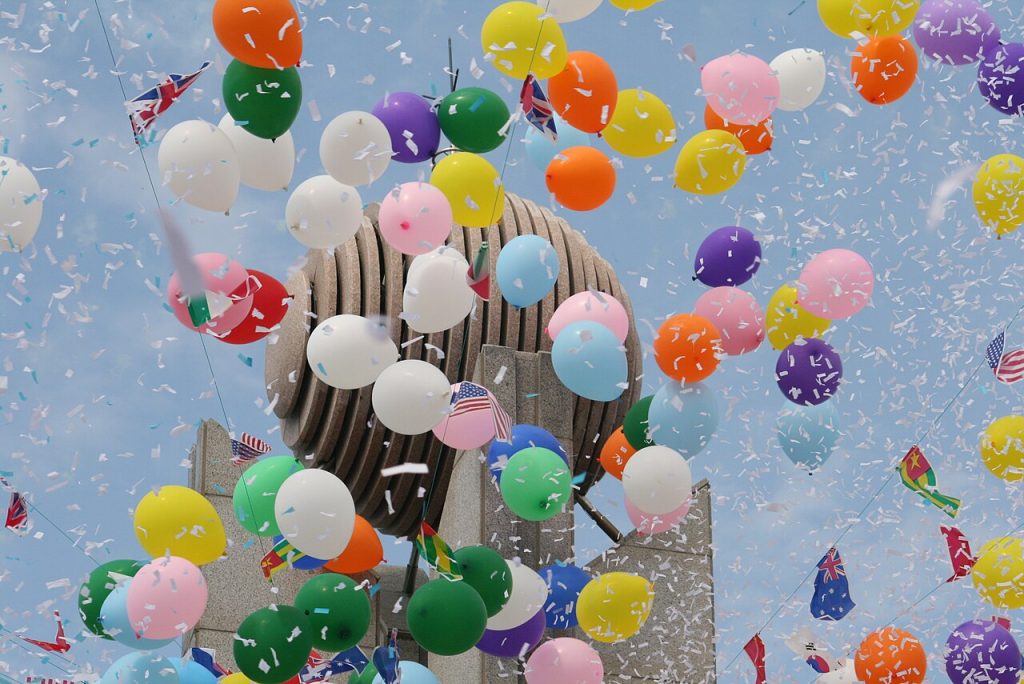

Jinju Lantern Festival
There are cultural events held in Jinju every year. Among these are the Jinju Namgang Lantern Festival which is held in October for approximately ten days. This nationally designated cultural tourism festival, found only in Jinju, features a spectacle of lanterns floating on the Nam River to commemorate the patriotic spirit of the 70,000 militia corps and government troops who died for their country defending Jinju from the Japanese forces during the Imjin War (1592–1598).

The festival offers a diverse array of captivating programs, including:
- First Lighting Ceremony
- Wishing Lantern Hanging
- Lantern Floating
- Water Lanterns
- Creative Lanterns
- Jinjuseong Fortress Revived by Light
- Land Lanterns
This blog includes all the colorful & cultural festivals with their traditional characteristics.
I hope this blog is useful. If you have any questions related to Korean language learning feel free to contact us.
Regards,
TASKEEN PEERZADA

Leave a Reply